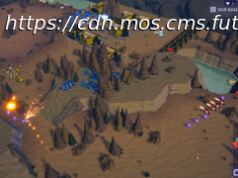There are observability platforms to help monitor your Kubernetes clusters’ metrics; knowing exactly which ones to watch will help you stay on top of …
Join the DZone community and get the full member experience. Kubernetes is one of the most popular choices for container management and automation today. A highly efficient Kubernetes setup generates innumerable new metrics every day, making monitoring cluster health quite challenging. You might find yourself sifting through several different metrics without being entirely sure which ones are the most insightful and warrant utmost attention. As daunting a task as this may seem, you can hit the ground running by knowing which of these metrics provide the right kind of insights into the health of your Kubernetes clusters. Although there are observability platforms to help you monitor your Kubernetes clusters’ right metrics, knowing exactly which ones to watch will help you stay on top of your monitoring needs. In this article, we take you through a few Kubernetes health metrics that top our list. A crash loop is the last thing you’d want to go undetected. During a crash loop, your application breaks down as a pod starts and keeps crashing and restarting in a circle. Multiple reasons can lead to a crash loop, making it tricky to identify the root cause. Being alerted when a crash loop occurs can help you quickly narrow down the list of causes and take emergency measures to keep your application active. Another critical metric to keep an eye on is your cluster states. You should be able to track the aggregated resource usage throughout all the nodes in your cluster, including desired pods, node status, current pods, unavailable pods, and available pods. Monitoring your cluster states and evaluating the resultant metrics gives you a topline view of your cluster’s overall health. You’ll also stay apprised of issues with your nodes and pods.






